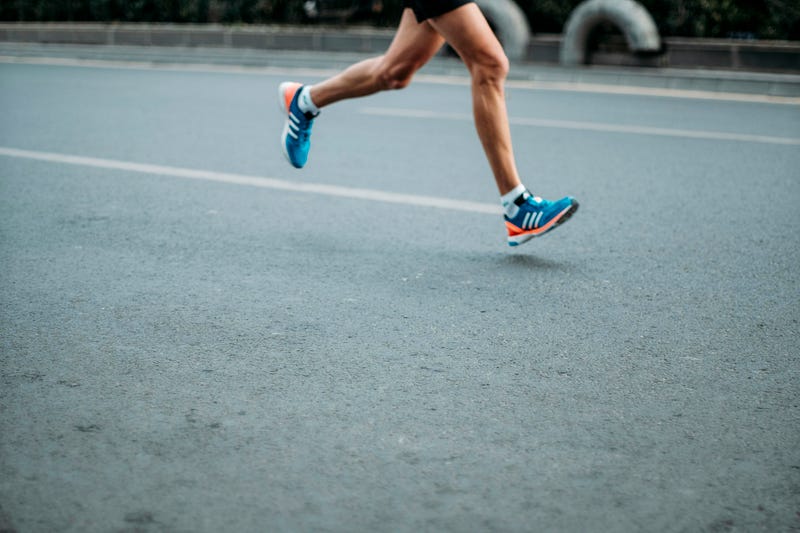A Beginner's Guide to Running Your First Marathon
Written on
Chapter 1: The Mental Challenge
When you first consider running a marathon, your instinct might be to say, "No way!" However, if you're still reading and thinking, "Yes, I really want to do this," then congratulations! You might possess the determination necessary to tackle this challenge. While you might hear doubts from others, the loudest voice of skepticism will likely come from within yourself. Completing a marathon requires significant mental resilience, and you can’t simply wake up one day and decide to run it without adequate preparation. If you’re not a natural runner, or if you dislike running like I do, training is essential.
You may wonder, "If I dislike running, why would I want to run a marathon?" In my case, it was to support a loved one who needed a training partner. Perhaps you aim to prove something to yourself or simply enjoy pushing your limits. Whatever your motivation, we need to consider the time commitment, training schedules, nutrition, hydration, and gear necessary for your marathon journey. Let’s begin with the gear.
Section 1.1: Essential Gear
First and foremost, let’s discuss footwear. Unless you prefer running barefoot, investing in a high-quality pair of running shoes is crucial. I made the mistake of selecting a trendy pair that ultimately didn’t fit well, which led to discomfort during my training. It's advisable to research beginner-friendly running shoes and visit a specialized running store to find the right fit. Your shoes should be comfortable and lightweight, as every ounce adds up when you’re logging miles.
For training, I chose the New Balance 1080s V10s. While they are slightly outdated, they are reasonably priced at around $110, making them an excellent option for training.

Additionally, invest in good running socks—3 to 5 pairs should suffice. They help prevent blisters and won't retain moisture.
Consider a lightweight hat, visor, or sunglasses for sunny days. Protecting your skin and eyes is essential. Sunscreen is also a wise choice to prevent skin damage during long runs. Lastly, a hydration backpack is invaluable for carrying water and snacks. I opted for an affordable Ozark brand, which served me well during training and on race day.
Section 1.2: Nutrition and Hydration
For any run longer than 5 miles, hydration is key. While you can use water bottles for shorter runs, a backpack makes it easier to carry water for longer distances. It's important to stay hydrated throughout your run, so sip water regularly. On hot days, adjust your water intake accordingly and plan routes where you can refill.
When it comes to food, you may not need to eat on shorter runs, but for runs exceeding 10 miles, it's wise to have snacks on hand. Experiment with different foods to determine what works best for your body. Personally, I prefer solid foods like granola bars and honey stinger waffles over goo packs, which didn’t sit well with me—except for the pure maple syrup energy gel.
Chapter 2: Training Schedule
Setting aside six months for marathon training is a reasonable expectation. This timeframe allows your body to adapt to longer distances and provides a buffer in case of injury. Injuries can happen, ranging from shin splints to foot pain, so it’s crucial to have time to recover. Don’t stress about your pace or finish time for your first marathon; focus instead on simply finishing. Speed will develop with experience, but mastering the ability to run long distances is your primary goal.
Follow a structured training program to help your body adjust.
The first video we recommend is titled "You Want to Run a Marathon? WATCH THIS FIRST..." which provides crucial insights for aspiring marathon runners.
As you prepare, remember that the next few months will be challenging. You’ll face ups and downs as you juggle training with everyday life. However, successfully completing a marathon is a rewarding achievement. While I may not run another marathon, I will always cherish the experience and the memories created along the way. A heartfelt thank you to my wife for being my training partner—every mile was worth it.